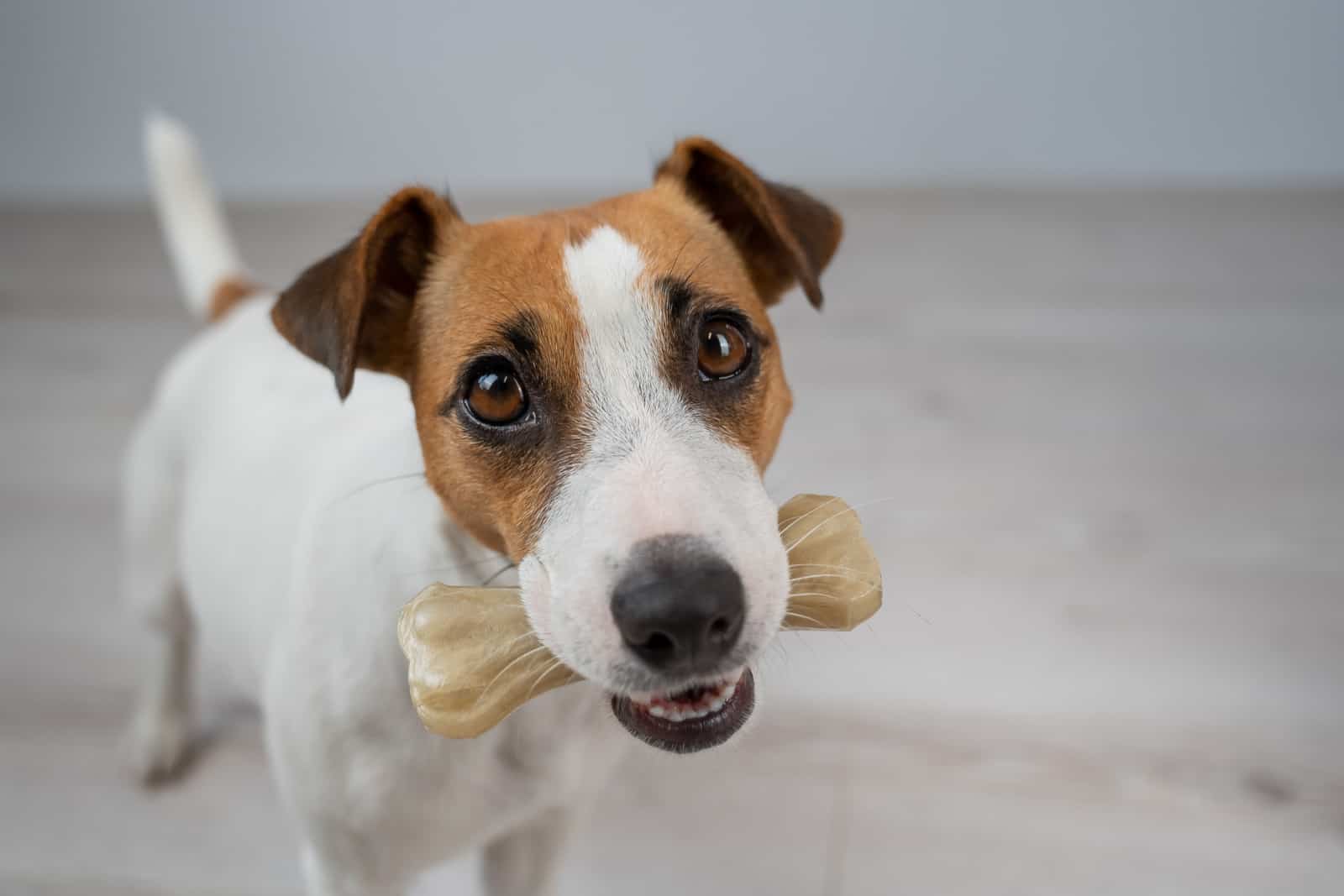Treats are one of the many things you’ll be getting your dog throughout his life, and there are a number of them that people are often in debate about being the best like the beefhide vs rawhide debate, but are they any good to begin with?
Well when considering beefhide vs rawhide, it’s known that they’re certainly a great alternative to bones.
They aren’t as easily broken and they’re often real tasty, though they do lack the nutritional value that actual food and some treats would normally have.
They’re amazing for helping fight plaque and tartar off your dog’s pearly whites making them good tools for maintaining proper oral hygiene.
Given their durability, they’re also a fantastic tool in helping curb your dog’s destructive habits if he has any, as well as serving as a great distraction for your doggo if you have to step out for a bit due to work.
Or, if your dog simply finds himself bored with nothing to do.
Most people are also surprised at how similar beefhide treats are to rawhide ones, but more on that a bit later.
However, there has to be something that edges one out over the other and we’re here today to find out exactly what that is.
So, read on to find out the many pros (and some cons) to beefhide and rawhide treats there are and what exactly is it that sets the two apart alongside some other common questions regarding treats in general.
Beefhide Vs Rawhide: The Rundown
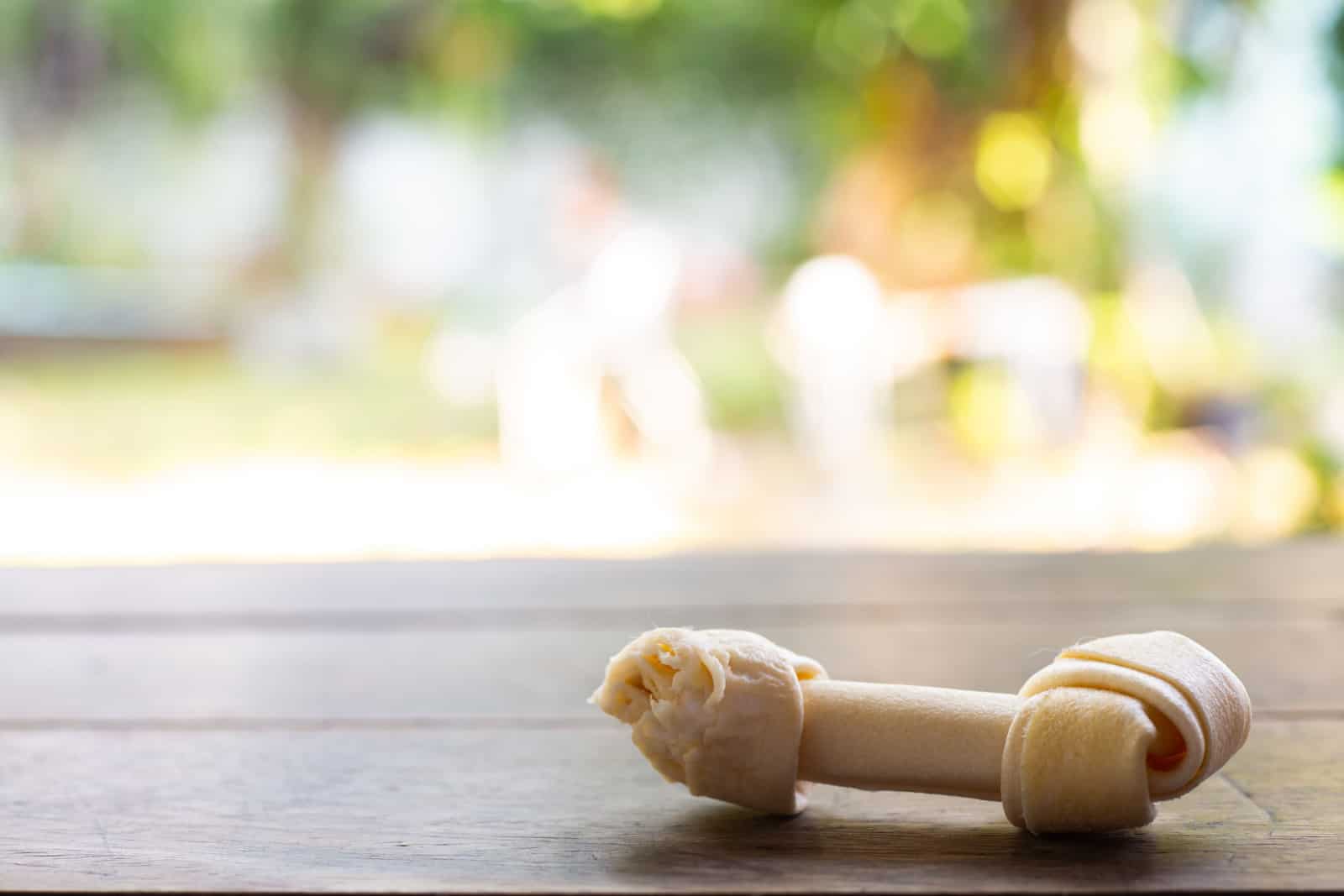
When looking at beefhide vs rawhide, one of the first questions someone’s going to ask themselves is, aren’t these two essentially the same thing?
Well, they’re pretty similar, that much is certain.
Rawhide is a type of chew that comes from the hide of any hoofed animal, but beefhide chews are a treat made from specifically cow hide.
It’s a specific type of rawhide that uses the cow’s inner hide.
But are there any other distinctions? Lets see:
Beefhide
Beefhide is often considered to be the safer product of the two and one of those types of treats that most dog owners flock to simply because you know where the hide comes from.
The information is a big thing that beefhide has going for it in making it the favored dog treat.
You may think that’s not that big of a difference maker, but in a world where so many diseases can come from various animals and with questionable quality among other animals, cow-sourced rawhide tends to always win out in the end.
And that’s because you’re at least going to know what most cows are going to be fed with and how they’re raised as the US has pretty strict standards in regards to raising cows.
The hide will rarely ever be imported and the cows will always be on the same diet which will always lead to the same quality product with very little difference between batches.
Rawhide
Going over to rawhide chews, the definition of these treats is that they are long lasting chews which can come from the hide of almost any hoofed animal.
It certainly gives your furry friend a wider selection from which to enjoy this animal skin product, giving him a variety of different flavors in a sense.
When you go to a pet store or to shop online on Chewy or Amazon, the most prevalent non-cow ones that you’ll see would be goat, bison, pig, or buffalo, though there are numerous other, rarer varieties too, each with their corresponding prices.
They may come as tougher, chewier, more or less succulent and the like. Your dog has plenty of options and you can surely find one that’ll fit your canine companion’s unique tastes perfectly.
However, all of that variety comes at a different cost, the cost of quality.
Since rawhide brands won’t always really disclose what animals they used for the production process or whether or not the animal even came from the US.
It’s a bigger risk, even though the treats do still need to comply to our standards, as these things may come from hoofed animals fed and raised via questionable means, making their hides to be of worse quality than you’d expect from beefhide.
They could also potentially pose a bigger health hazard, though each has their own problems to deal with and could even be an allergy risk for some doggos.
What Do These Two Have In Common?
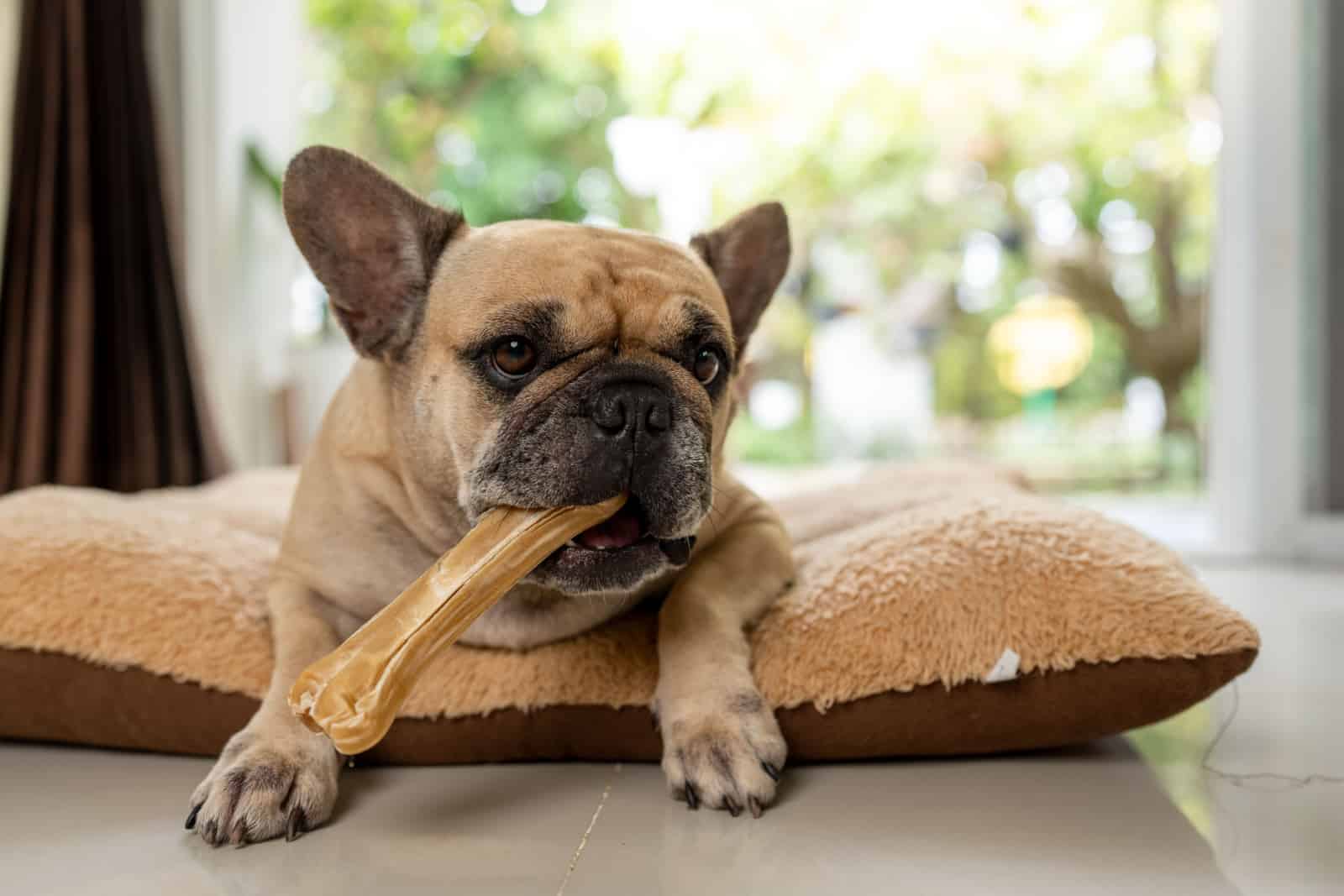
As you can see, there’s not a lot of difference between the two, but there sure are a lot of similarities, and a lot of them are the reason why many pet owners go for these dog treats as their primary choice for their darling doggos.
Great For The Dog’s Dental Health
One of the main benefits of rawhide chews is the fact that they help protect one of your dog’s important tools by maintaining them, his teeth.
Chewing on this durable treat allows him to fight plaque and tartar build-up as well as make his gums more durable.
Not to mention that some of the treats are often treated with various enzymes which help break the bacteria on their teeth down and make them easier to wash away in a sense.
This, in turn, allows his teeth to last longer by helping prevent various other dental issues like periodontitis and gingivitis as well as a number of other health problems relating to his body in general.
Just how having clean teeth for people is important, it’s just as relevant in the canine world as it helps stave off heart and kidney disease as well as many other potential infections that can sprout from bacteria lingering in their mouths.
While rare, these issues can occur and there’s no reason to leave things up to chance when they can be avoided with a little bit of effort to clean your dog’s mouth.
A Decent Option To Help Soothe Teething Pains
If your dog has a case of sore gums or he may be a pup still with his teeth coming in, using chews, be they of bovine origin or otherwise, can be a great help in soothing the pain and irritation that come along with the process.
That said, while it is an option, it’s not recommended as it may end up irritating your pup’s digestive system if he’s too young and they’re not exactly nutritious enough to replace regular food.
A Great Choice For Subduing Destructive Chewing Tendencies
A lot of dogs, especially ones that are untrained or ones who have a great love for their owners but hate being left alone.
This tends to lead to a lot of ruined shoes, slippers, and even furniture as the dog gets bored and tries to find something to do, or he simply ends up doing it as a stunt to get your attention.
The solution to that often ends up being finding something else to occupy the dog’s time with, and getting him something to chew on that’ll last longer than a few days.
That’s where rawhide chew treats end up being a real lifesaver as they tick all those boxes, and end up being tasty to boot.
They’ll help occupy your dog’s attention and will teach him a bit of patience as he busies himself with the makeshift leather dog bone.
Though, it’s still good to have someone present when you use the treat in such a way as large pieces can break off and end up choking your dog.
It could even get fully swallowed and get stuck further down the line, causing an intestinal blockage which will require immediate veterinary action and, quite possibly, a surgical procedure depending on the size of the chunk and how deep inside it is.
It Can Be Used As A Chew Toy Alternative
In the same manner that it helps tame destructive chewing tendencies, the rawhide and beefhide chews can serve as a substitute for a chew toy.
It’s going to be made of more natural material and it’ll still last your dog a while while occupying his attention and keeping him satisfied.
It’s always nice to have a multi-purpose item, though the same danger still applies. Keep him supervised so he doesn’t end up breaking some of it off depending on his chewing prowess, and swallowing it.
Beefhide Vs Rawhide: The Comparison
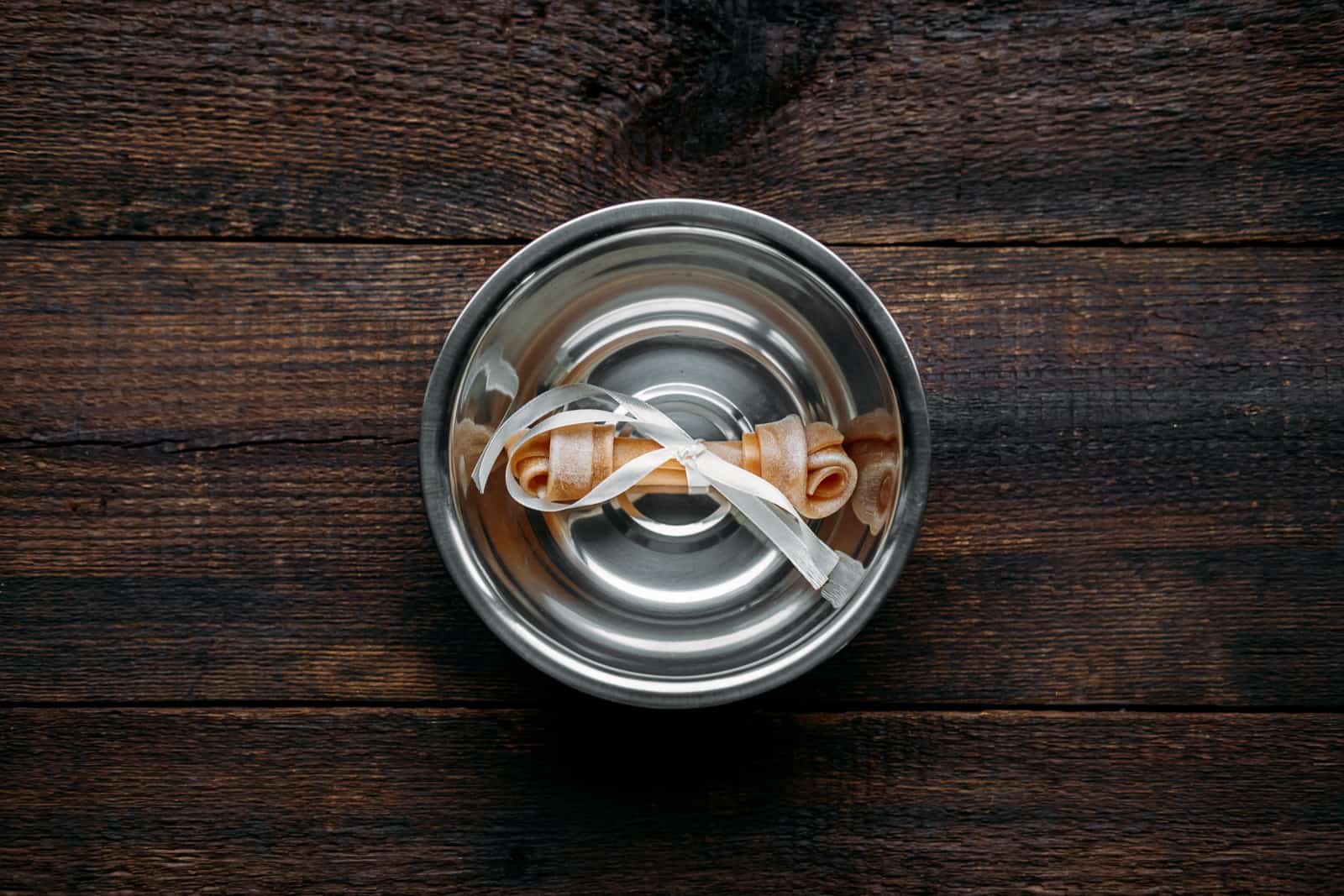
With all that in mind, there isn’t much to compare, but I’ll give you a shortened list of pros for each side regardless.
Here they are:
Level Of Quality And Health Safety: Beefhide Wins
As expected, beefhide is simply safer by being more transparent about where the hide is sourced from.
While rawhide could be just as safe, if not more, the packaging often doesn’t tell you that, and even if it does, the raising practices of other hoofed animals aren’t all that well normalized as the ones for bovine are.
Amount Of Variety: Rawhide Wins
On the other hand, beefhide can sometimes get a bit too boring for the dog, or he just may not like it outright.
That’s where rawhide wins as it does encompass a wider variety of hide, including beefhide so you can spoil your doggo with different options, or simply find the one that works for him that isn’t cowhide.
Dental Hygiene: A Tie
Not much to say here really. Both products usually go through the same manufacturing process and will have equal capability of fighting off tartar and plaque build-up.
There may be differences between specific brands, but, on average, they’re the same.
Durability: A Tie
Finally, the only other measurable metric would be durability where they both end up in a draw.
Once again, there are likely to be differences between specific brands, and, if you’re shopping for a specific chew, then I recommend reading some of the online reviews to get a better handle on the durability of the product in question.
Beefhide Vs Rawhide: The Winner
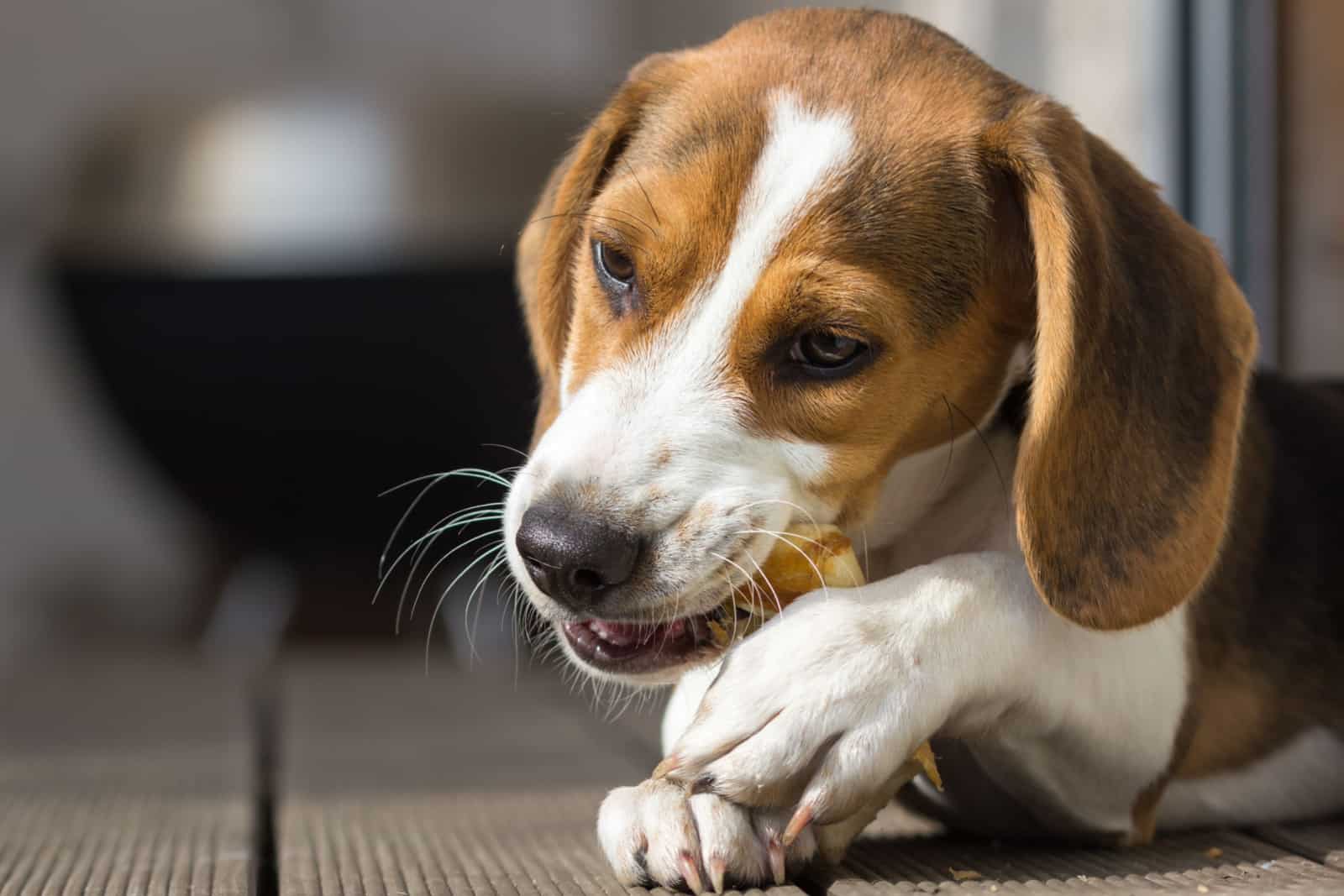
With all that in mind, there really isn’t any direct winner as it’ll mostly depend on your dog’s preferences and you.
The factors that influence it are whether or not you feel like knowing where the hide comes from and how the animal was raised are important, whether the added choice with rawhide is better, or if you want to get these types of chews in the first place.
If it’s the first of the three, then beefhide is the right option for you and your canine companion. If it’s the second, then you’ll want to stick to rawhide.
And, if it’s the last, well then you’re clearly looking for something completely different.
Ultimately, it really comes down to which brand offers the best option and which one has the most transparent manufacturing process as well as a clean ingredient list.
The best ones will be the ones who have little to no artificial ingredients and preservatives as they’ll be the ones that are safest to use.
Are There Any Detriments To Beefhide And Rawhide?
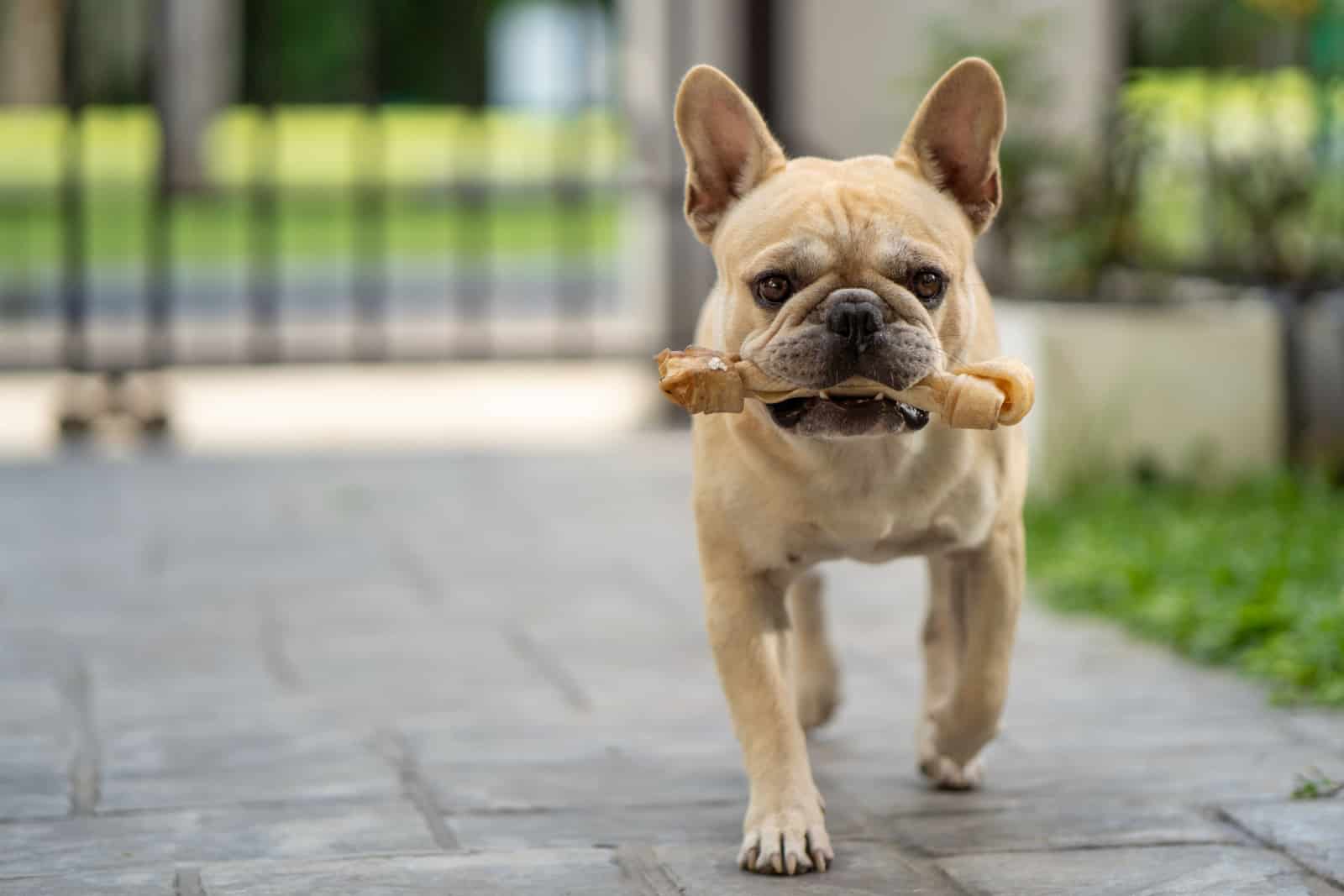
Of course, nothing is without its dangers and cons, after all, and these two are no different.
I’ve mentioned a few up above already, but it’s best to have them all in one place for easier readability.
Here are some of the most common hazards that these chews provide:
1. They’re High In Calories
While the treats are really tasty, they tend to have a lot of empty calories to them, which is going to pose a potential obesity risk for your furry friend, something that every dog owner wants to avoid as it’ll only make the dog’s life harder.
Dog food should be your doggo’s main source of calories as it comes alongside nutrients too, and rawhide and beefhide chews should be utilized every now and then for their other benefits, but sustenance certainly isn’t one of them.
2. They Can Break Off
While rawhide chews are durable, they’re not invincible. If a dog gnaws on them long enough, large chunks can break off and either get stuck in your dog’s teeth, causing him a great deal of discomfort and pain, or they can end up getting swallowed.
This, as said prior, can cause your dog to start choking, or can have the piece travel further down the dog’s stomach and even cause an intestinal blockage, which will require immediate medical attention so the situation doesn’t get worse.
That’s why it’s important to replace any beefhide or rawhide chews that may look worn as they’re likely to be a choking hazard to the more aggressive chewers in the dog world.
If you have a dog with an aggressive chewing style and you still want to use animal hide chews, then you’ll need to be around to supervise him so he doesn’t end up swallowing them or getting hurt by them breaking in general.
3. The Rawhide Dog Chews Can Be Contaminated
While the safety of rawhide and beefhide has already come into question due to being a potential choking hazard, there are also other risks when buying from questionable brands like bacterial contamination.
It’s not uncommon that some of these dog treats may end up carrying dangerous bacteria like MRSA, C. diff, E. coli, and even Salmonella.
They’re not just a risk for your pooch though, they’re also a risk to you as well as the pathogens can leap from the chews over to your hands and, subsequently, to your mouth if improperly handled afterwards.
As you can imagine, it’s not a pretty sight.
That’s why it’s important to buy from more trusted brands and to check reviews to see if the specific brand that you’re interested in has had any such problems in the past.
FAQs
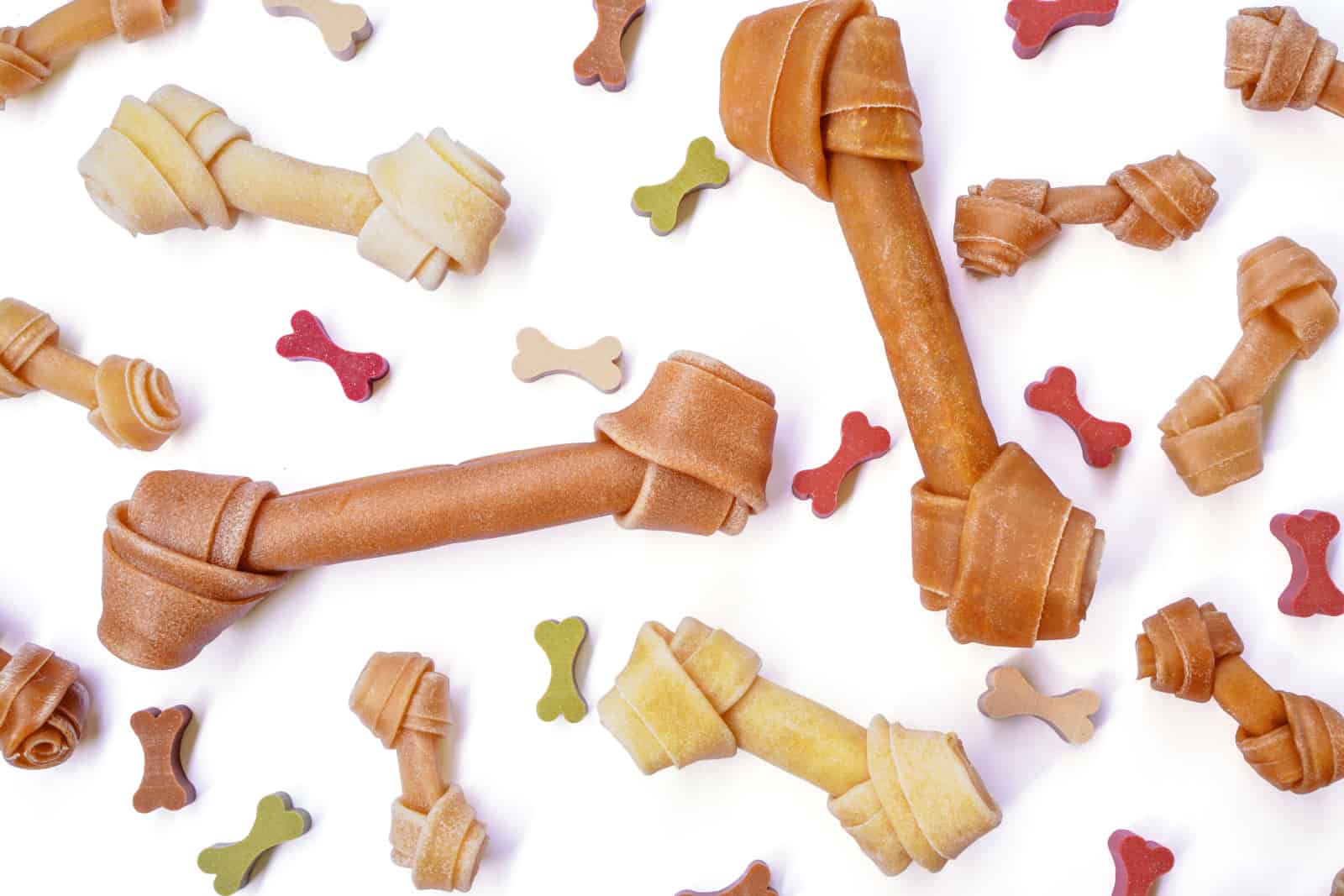
If They’re So Dangerous, Why Even Get Beefhide Or Rawhide Chews?
Well, it’s primarily due to the good oral health and overall good bang for your buck.
Besides, a lot of these detriments are easily avoided through proper supervision and handling of the product, as well as being more attentive to reviews posted about them.
The bad stuff rarely ever happens, and when it does, it’s not as bad as the cons of some other products.
Honestly, the worst part are the added calories, but even that can be remedied by tempering the use of the chew in question.
What Can Be Done To Reduce The Impact Of The Cons Then?
A lot of small things, actually, ones that are easy enough to implement without risking any potential problems.
For instance, you can start off by supervising your dog when he’s using the beefhide and rawhide chews so you can intervene in case one breaks or gets stuck in his teeth or his stomach.
To reduce that chance even further, you can get chews that are of adequate size for your furry friend rather than going bigger or smaller because it saves money.
Smaller ones than intended are more likely to pose a choking hazard while the larger ones will just end up being too unwieldy.
When giving the dog rawhide chews as a treat, you’ll also want to wash it first before each use as it can help get rid of some lingering bacteria.
Aside from that, regularly replacing them is a good idea, especially when there are clear signs of wear as that means they’re more likely to break under the strength of your dog’s jaw.
Are There Any Alternatives?
There are always alternatives to anything, including beefhide and rawhide chews.
Some of the most common ones are bully sticks, pig ears, various veggies, and more edible chews.
Bully sticks are a pretty decent alternative as they’re made from beef pizzles and are often lower in fat and overall calories than rawhide chews are.
Their drawback though is that they have a really strong smell which can be off-putting to some dog owners.
As for veggies, the best option are carrots as they’re healthy and do give off that satisfying crunch for the dog, though they don’t last nearly as long as some of the other options do.
They’re obviously low in calories too.
As for the edible chew options, those can be a real hit or miss. While they do carry most of the same plusses that the more durable chews do, they can still present choking hazards if larger chunks are broken off first.
In Conclusion
With the beefhide vs rawhide debate, it’s clear that the two share plenty of similarities and that finding which one was the better option is tough.
The decision ultimately rests in your hands as it’ll all come down to what your dog ends up liking.
The quality of beefhide is more consistent, but rawhide offers a larger amount of variety and a bigger selection to pick from.
The rest of the benefits are primarily shared like good oral health and assisting in curbing destructive chewing behavior.
They’re not without their flaws, but they do their job well, just make sure to use them in moderation and swap them out if they show large signs of wear.
If you don’t end up liking either of the two options due to their potential cons, then you do have a number of other options to pick from too.
I’m certain you’ll end up picking what best suits your canine companions’ tastes in the end. Until next time, pet parents.
RELATED LINKS:
- 14 Best Treats For Huskies: Tasty Options For A Healthy Dog
- 7 Healthiest And Best Treats For Cavapoo Puppies
- The 8 Healthiest And Best Treats For Goldendoodles
- 6 Best Treats For Rottweilers: Our Healthy & Yummy Picks
- 8 Tastiest And Overall Best Dog Treats For Cane Corsos
- 7 Best Dog Treats For Corgis: The Best Snack For Good Boys
- The 8 Healthiest And Best Dog Treats For Belgian Malinois
- 7 Healthiest And Best Treats For Maltese Dogs On The Market
